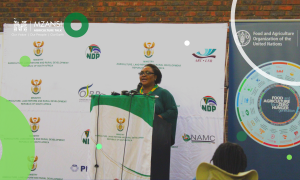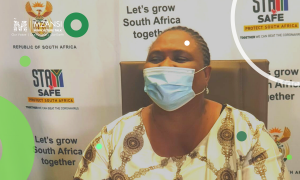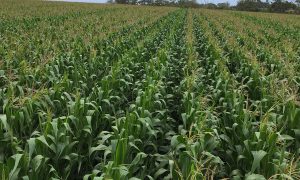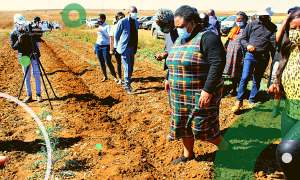Essentials of building a (kraal) feedlot

Rural farmers have been accustomed to bomas or tree branches piled up in a circle to protect their animals. A daily feature of rural farming infrastructure, this is closer to a feedlot.
Call them kraals, isibaya, lesaka, they have become part of African farmers tradition and once in a while, trees have to be chopped to replace the old poles.
Sable Poles developed a quick information guide for emerging interested in building sustainable kraals/feedlots.
- Corner Post. 150mm – 200mm thick because the cattle can lean against it, but not push it over.
- Uprights spaced between corner posts. Should not be more than 1,8m apart if you are making use of wire between poles as fencing. These uprights should always be a thickness of 100mm – 150mm.
- Crossbeams. Can range from 76mm – 90mm thick. This will be adequate for keeping cattle kraal intact.

It is important for a farmer or farming community to identify a site with low rainfall with an average rainfall of less than 750 mm when constructing a feedlot. Also, a feedlot must be able to provide economic efficiency, cattle health, welfare and performance while minimising ongoing maintenance costs.
Expenses incurred in running a feedlot are;
- Feed price, slaughtering costs, carcass condemnations,
- Agents commission
- Transport, interest on capital, salaries of management and labour,
- Machinery costs,
- Mortalities and veterinary costs (disease control, medicines, vaccinations, veterinarian)
- Pre-treatment (growth stimulants, dipping, dosing, vaccination).
Animals remain in a feedlot for 90 to 120 days and thereafter sold at auctions.
Lesaka la dikgomo le dinku le dipudi le agwa ka mapako a mongina le ditlhare tse dingwe tse se nang phetlhi (S Naoa, 1945).



















